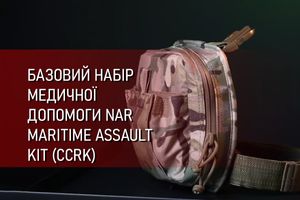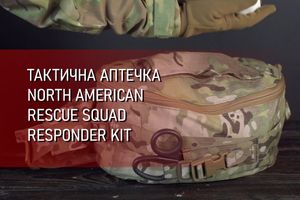When you find yourself in an extreme situation, one of which, of course, is being in combat, there are no insignificant trifles, because no one and ever say what exactly will save the life and health of the fighter. Therefore, the presence of an individual first aid kit and the ability to use it is the duty of every conscious warrior and an integral part of the modern equipment of the fighter. Let's learn more about what should be in every first aid kit and why.
Vital minimum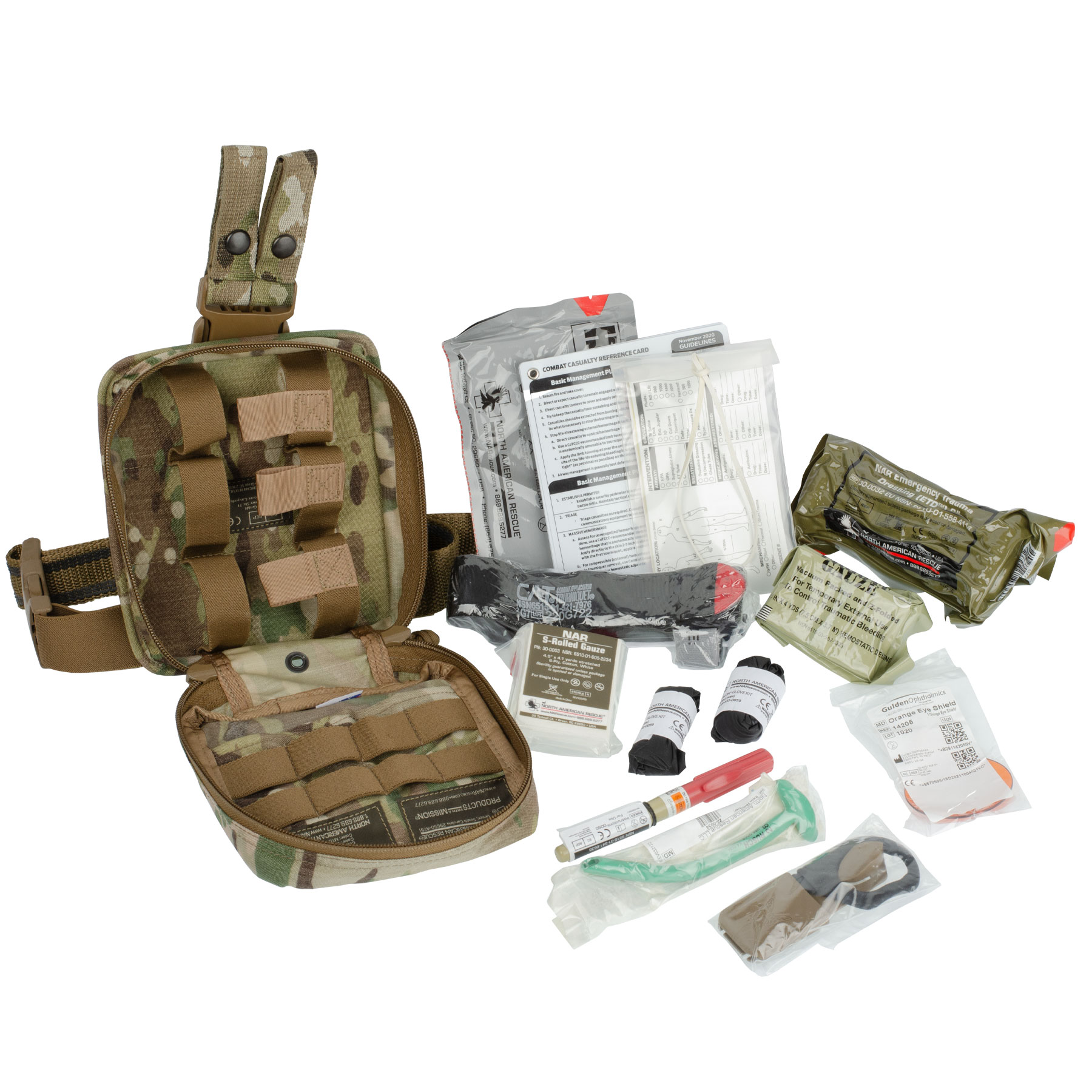
First of all, we choosing a pouch that will serve us as a first aid kit. The choice will depend on your tasks, available equipment, and personal stylistic preferences. Usually, the manufacturer immediately puts a certain set of pre-medical aids, and you can change and supplement it at will. When choosing a ready-made set, be sure to check what is in it:
- Disposable medical gloves, because you usually have to work with blood and don't have time to wash your hands;
- Quality tactical scissors, for quickly cutting through clothing to gain access to affected body parts;
- A tourniquet is an effective medical tool for temporarily stopping bleeding from the main vessels on wounded limbs. Unlike a simple rubber tourniquet, modern tactical tourniquets are applied in seconds with one hand, do not sag, and have greater efficiency. They can be of various modifications and here it is important to choose only those that have passed the most rigorous testing and are recommended by the US Tactical Combat Casualty Care Committee (TCCC – Tactical Combat Casualty Care). In particular, you can buy CAT Gen 7, RevMedx TX, and TacMed Solutions SOF tourniquets from us, because experienced combat medics advise carrying several tourniquets, preferably 4, in case of simultaneous wounds in different limbs;
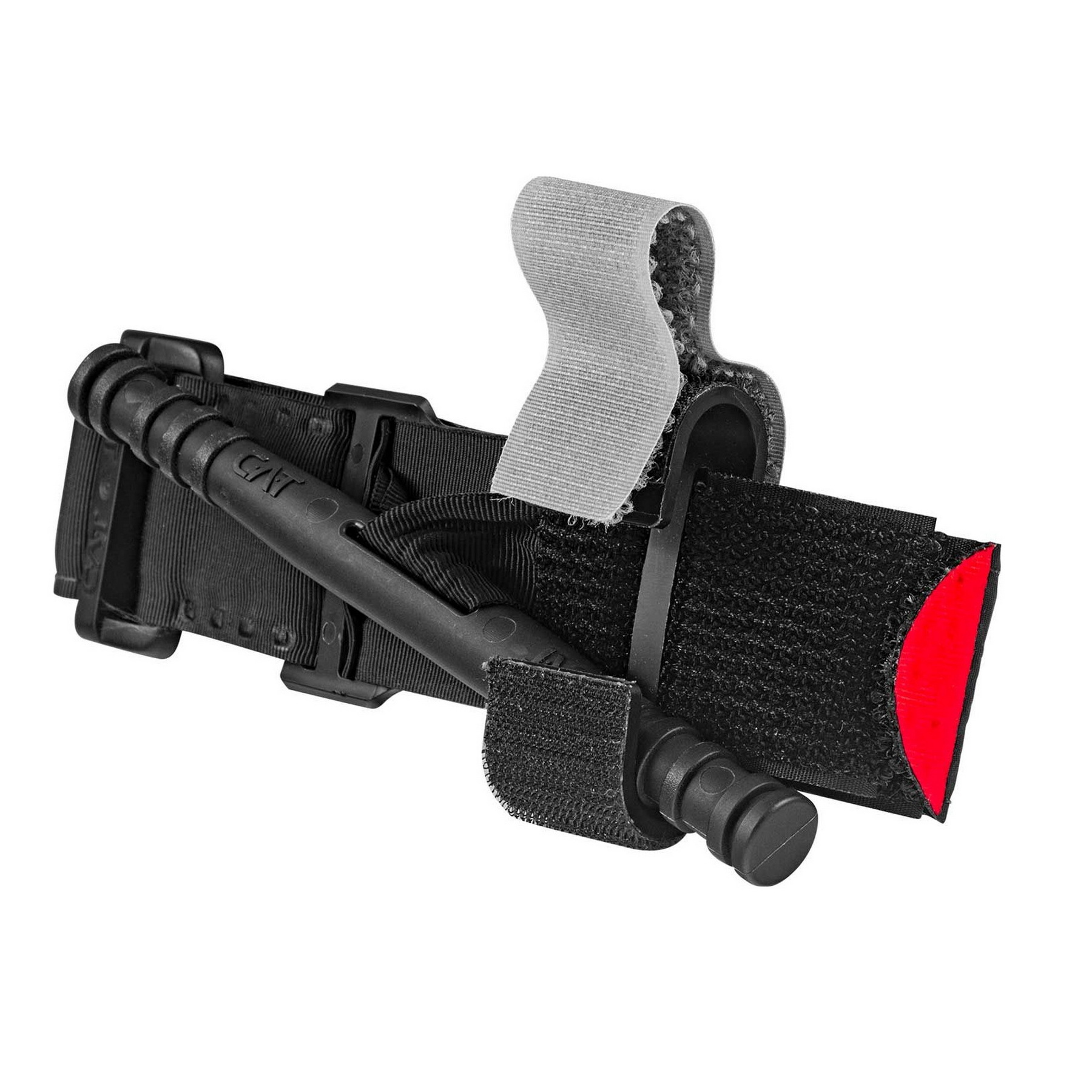
- To stop serious bleeding in deep wounds, it is appropriate to use a hemostatic bandage or tamponade bandage, pressed to the wound with a special bandage. All these things are mandatory for the composition of the tactical first aid kit. The same “Israeli bandage” will be needed in the future for the effective dressing of wounds to prevent rebleeding. Experienced combat medics advise having in an individual tactical first aid kit, at least 2 hemostatic;
- The first aid kit should contain a nasopharyngeal tube to promptly allow unobstructed lung access to oxygen and expulsion of carbon dioxide. Note that it can be of different sizes! Therefore, it is important to choose the one that will fit you in an emergency. It is also important to pay attention to the presence of a bag of surgical lubricant. Such a lubricant makes it much easier to use, and this is super important when every moment counts;
- The minimum kit should also include an occlusive dressing (sticker) to seal open (penetrating, through, and through) chest wounds. Usually, such stickers come in two pieces, one of which is with a valve to drain gases from the body;
- The first aid kit should still include a decompression needle, in case of the same pneumothorax of the lungs;
- Thermal blanket will help during significant blood loss when hypothermia occurs and it is very important to help the body maximize save own heat. It is also a lifesaver in cool weather with limited movement of the victim;
- Among the obligatory means of emergency aid should be an anti-burn hydrogel dressing, in case of thermal injury. Not superfluous will not be superfluous and hypoallergenic plaster on a non-woven basis, which is easily torn by hands and provides fixation without unnecessary irritation;
- Reinforced tape is a versatile means of securing anything to any surface in extreme conditions. It provides a reliable grip despite dirt, moisture, and other factors. Therefore, such a thing in the tactical first aid kit will certainly be useful;
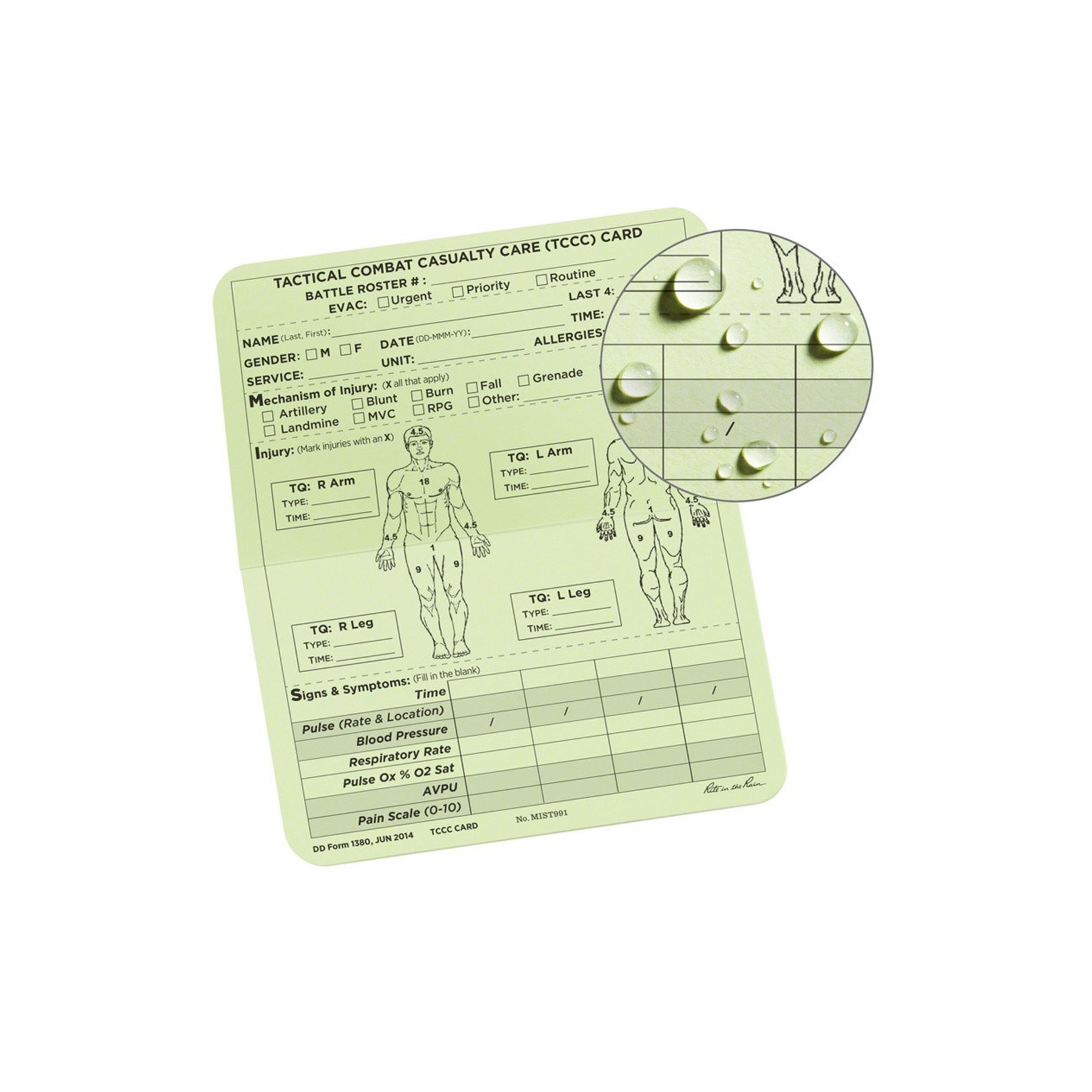
- Shield to protect the injured or operated eye, which is fixed with an elastic or gauze bandage. By the way, bandages for bandaging should also be mandatory – at least 2 gauze and 1 elastic, 4-5 meters long;
- Card of the patient's examination. It will record all actions performed on the wounded person until the moment of his delivery to the hospital;
- Permanent black marker. To make a record of when the tourniquet was applied, medications administered, and the completion of the Patient Examination Card.
Conclusion
Lastly, let us remind you that the things themselves are not able to help you, but only allow you to do it better. Therefore, it is important to take courses in tactical medicine or at least familiarize yourself with the many videos and texts on the Internet on this subject.
You and your health are of absolute value. But first of all for you. And that is why taking care of it is your primary responsibility. Therefore, choose only the best, so that approaching victory, see it with your own eyes.

